The Frozen Section
The Frozen Section is a century old procedure presumably achieved on a window ledge in wintery Minnesota in the 1920’s. The aim of this tissue freezing process is to provide a rapid diagnosis while the patient is on the operating table.
The Frozen Section is a century old procedure presumably achieved on a window ledge in wintery Minnesota in the 1920’s. The aim of this tissue freezing process is to provide a rapid diagnosis while the patient is on the operating table.
Why Frozen Sections?
Cost containment
Up to 40% of breast resection cases are incompletely excised (with a positive margin). When this happens, a second surgery is often scheduled to remove the residual carcinoma. In institutions with routine frozen sections for breast margins, the rate of second surgeries is 3%.
Frozen sections can be used in Whipple resections (for margins), Total Abdominal Hysterectomies (for depth of invasion), salpingectomies (for diagnosis) and thyroidectomies (for diagnosis and identification of parathyroid tissue), among many, many other procedures. Repeat surgeries are not only costly but can carry substantial risk to the patient. Frozen sections can help curb that cost.
Peace of mind
A frozen section can be performed if an unexpected lesion is found during surgery or if there is uncertainty whether or not the lesion of interest is completely excised. This is particularly important for neurosurgical cases or very small lesions that may be easily missed. Knowing that at least lesional tissue was excised will give the doctor peace of mind even before the surgery is over.
Appropriate triage of specimens
Typically, surgical specimens are received in formalin. Tissue in formalin cannot be sent for flow cytometry, a critical ancillary test that is much needed for possible lymphoma cases. If a lymph node or mass with a query of lymphoma is sent for frozen section, it can be evaluated and appropriately triaged for flow, cytogenetics, molecular analysis and histologic evaluation before going into formalin. This will ultimately lead to a more accurate diagnosis as more ancillary testing can be performed.
The Frozen Section The Steps
The Frozen Section is performed using the cryostat (seen on the right)
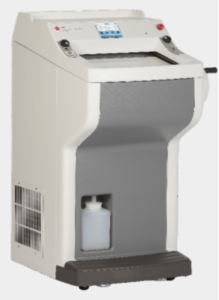
1. Tissue is received fresh from the OR, sectioned and placed into the cryostat for freezing.
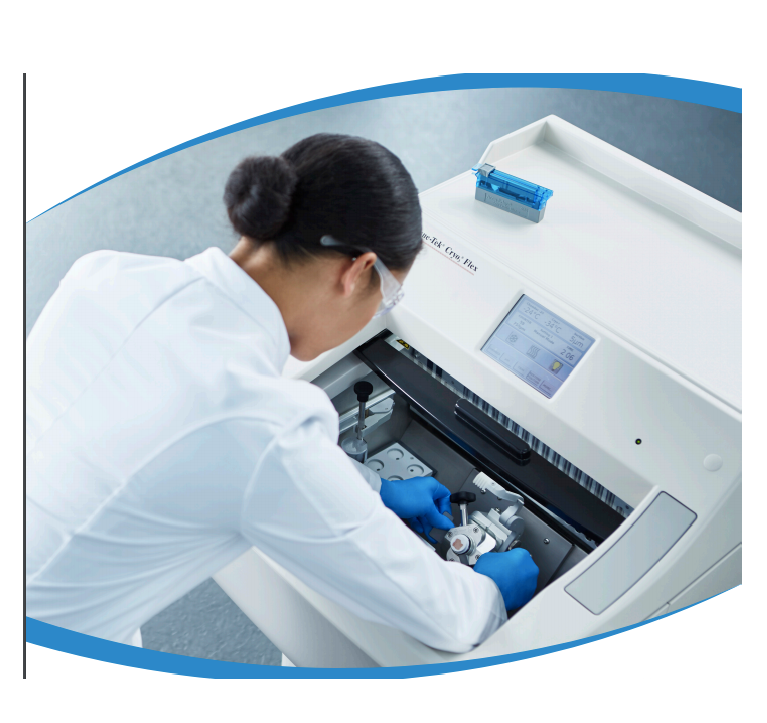
2. Thin ribbons are cut from the frozen tissue block.
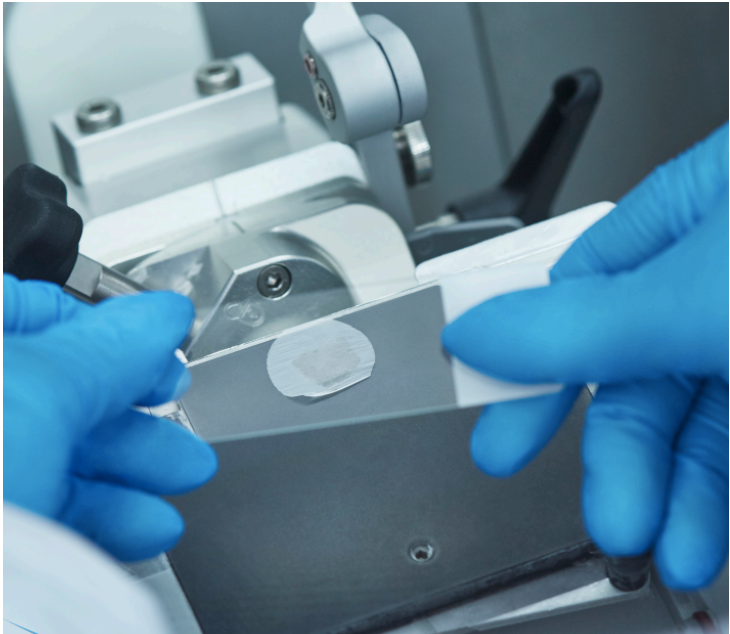
3. The slide is stained with H&E.
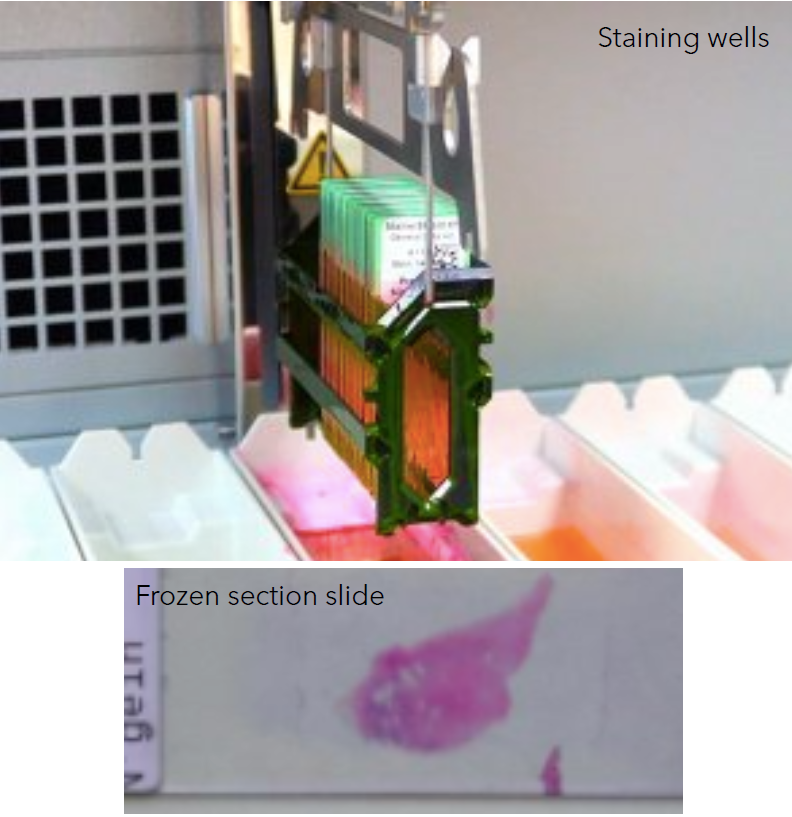
4. The slide is reviewed by the pathologist and the result called in
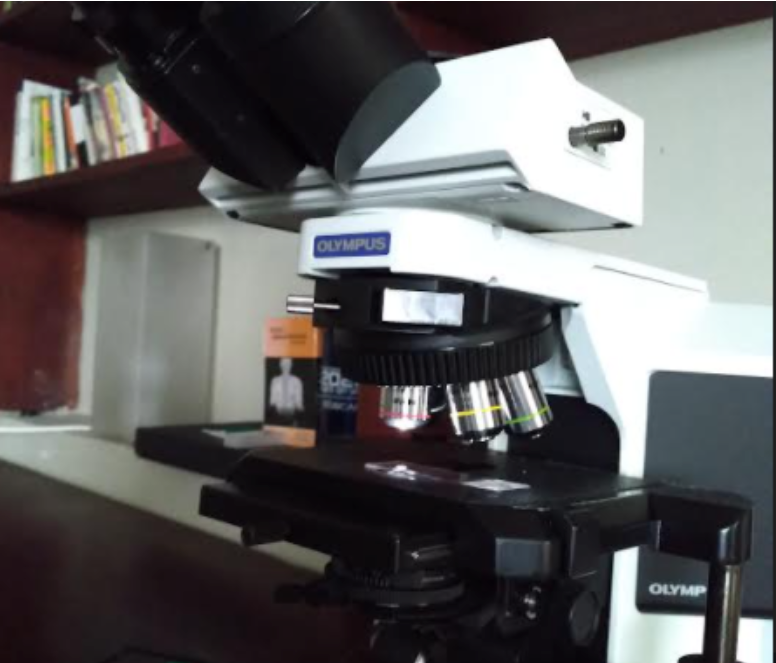
Time from receipt in the lab:
Less than 10 minutes per specimen
The Details
Call/Whatsapp Dr. Johncilla directly for any possible frozen section at least 24 hours prior to surgery with the patient name, sex, date of birth, procedure, institution, room number and indication for frozen section.
• Call/Whatsapp Dr. Johncilla at the beginning of the surgery. A courier will be available at the beginning of the surgery to receive the sample and transport it to 5 Fitt St.
• Call 346-1463 at time of sample pick up – the courier will be available.
• You will receive a call with the frozen section diagnosis from Dr. Johncilla within 30 – 45 minutes from receipt of specimen if the specimen is within a 30 minutes drive from Port of Spain.
• If the frozen section is sent from San Fernando, the result will be received within one hour
given the distance.
• Cost: 2000.00 TTD for the first frozen section and 1000.00 TTD for any subsequent frozen
section from the same case

